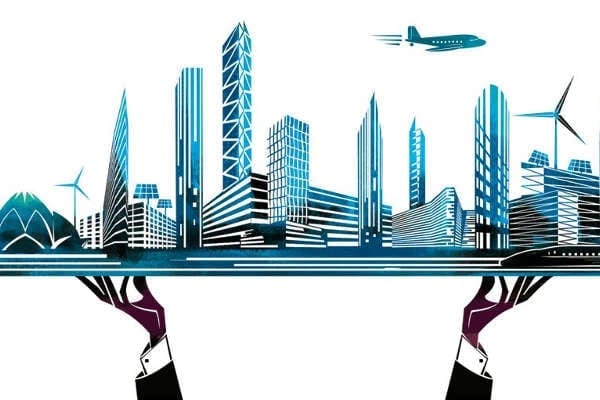As a country, India faces several challenges. Be it the continued issue of traffic congestion in cities like Bengaluru, or flood situations in states like Assam, India’s challenges with respect to infrastructure are complex. That said, some cities have taken some pioneering initiatives and showing the way to other cities on how technology can be effectively used to solve infrastructure related challenges using the power of technology. The Bangalore Metropolitan Transport Corporation (BMTC) , for example, is trying to ease commuter woes by implementing an Intelligent Transport System. BMTC wants to make public bus travel easier by using GPS to predict the expected time of arrival at a particular bus stop, knowing Bengaluru’s chaotic traffic problems. What’s more, an app will let you select a bus with a live tracking feature – similar to what you would expect in an Ola or Uber.
For states which perennially get flooded, Guntur’s example is noteworthy. The city is using drones to create flood inundation models as the traditional method for mapping areas which are inaccessible and difficult to survey is challenging. The city hopes to produce a simulation of terrain which is prone to flooding and devise measures to prevent the same. For example, an analysis could possibly identify locations for planning better drainage systems and also help sectors like agriculture in preventing damage by better forecasting flood patterns.
Another smart project is an IoT-based project that the Jamshedpur Utility Services Company (JUSCO) is undertaking, to implement the world’s first integrated city management project using Low Power Wide Area Network (LPWAN). JUSCO aims to digitize and monitor street lights, utilities and parking meters, using more than 1,00,000 sensors. The significance of the network is that the network of sensors is used by the organization to use technology to make smart use of resources. For example, sensors can be used to monitor which trash bins are getting full, or for monitoring flow of liquid inside drains. When a particular threshold gets crossed, an alert can be sent to a command centre. The Rajkot Municipal Corporation is looking at deploying geo-fencing technologies to alert authorities in case of encroachment takes place at any of the government owned lands. The Haryana Government has decided to use drones to keep a check on illegal construction or encroachment on government properties.
As these examples show, many cities in India, have indeed taken the lead in using technology intelligently to create smarter cities. If these cities succeed in their initiatives, then one can expect cities to compete with each other to uplift the life of the common citizen.

